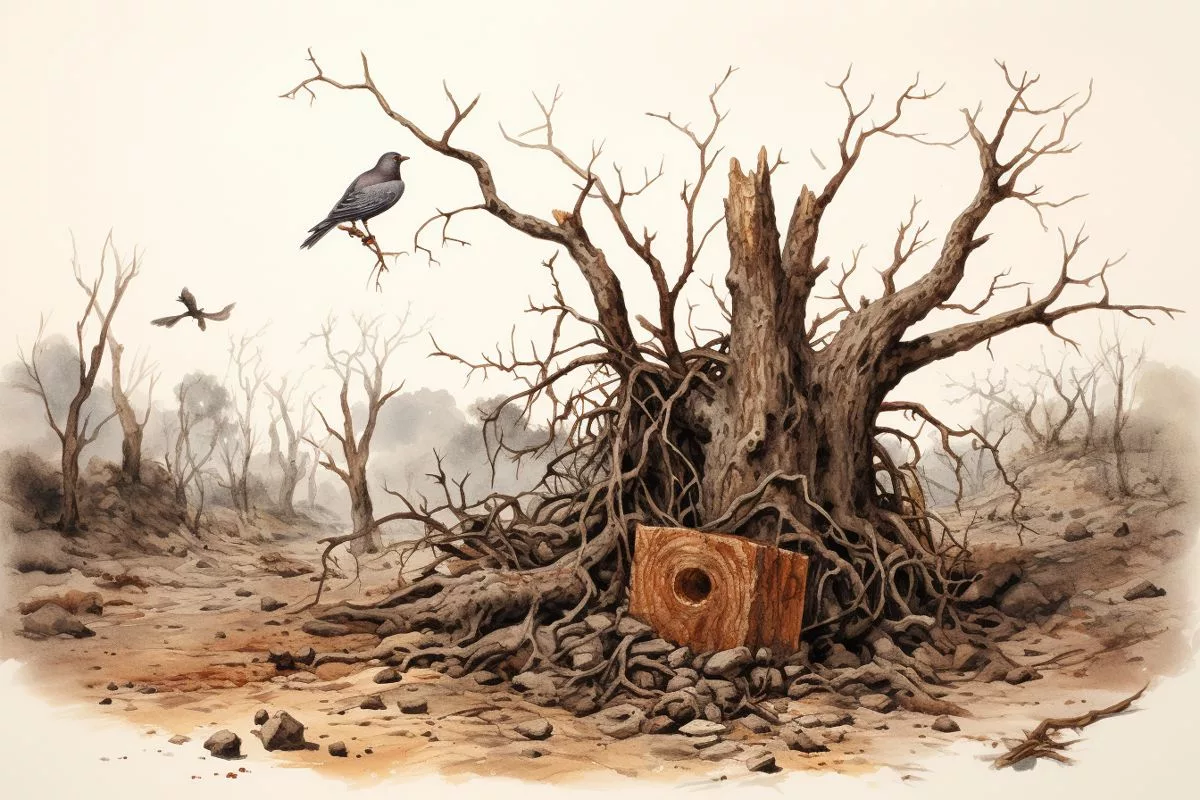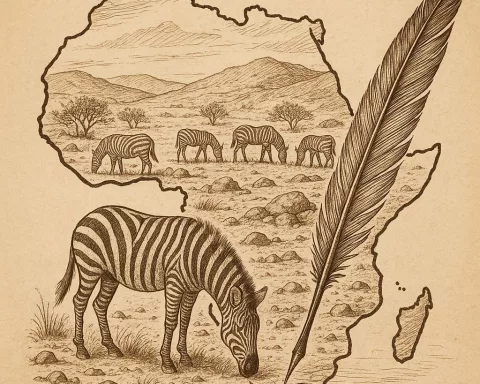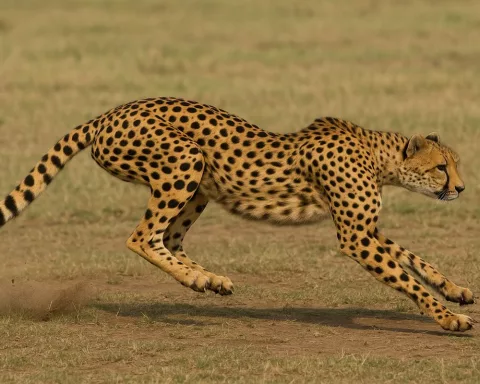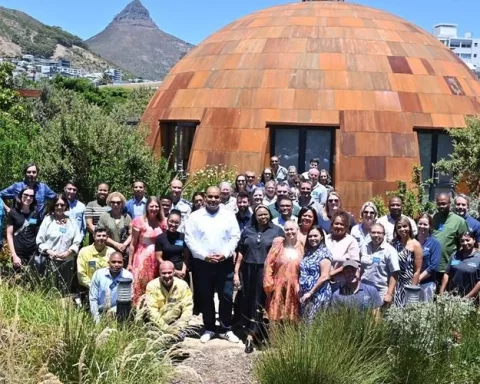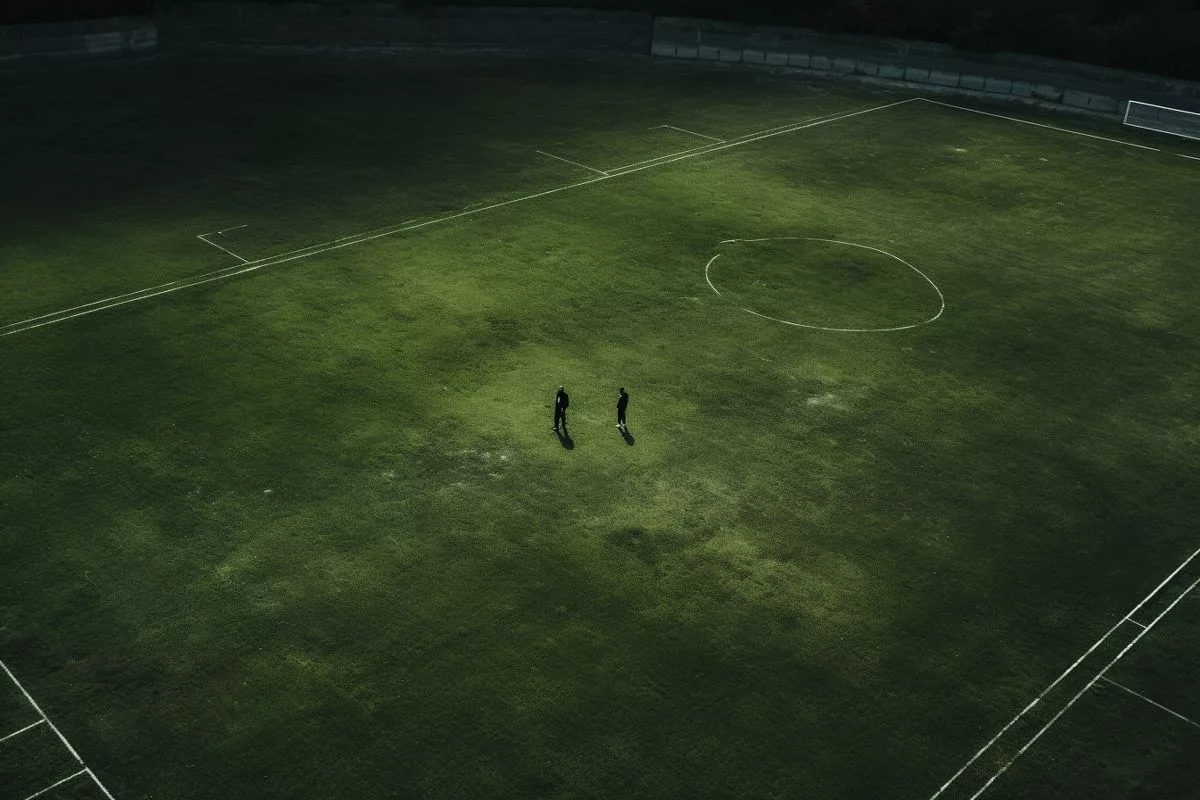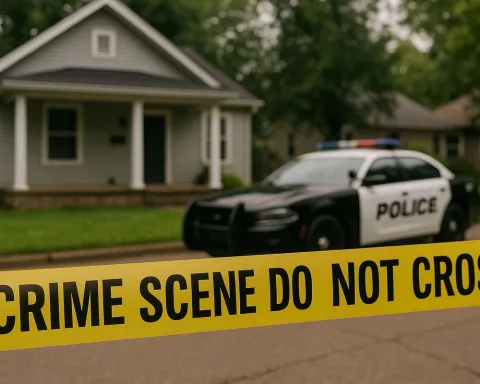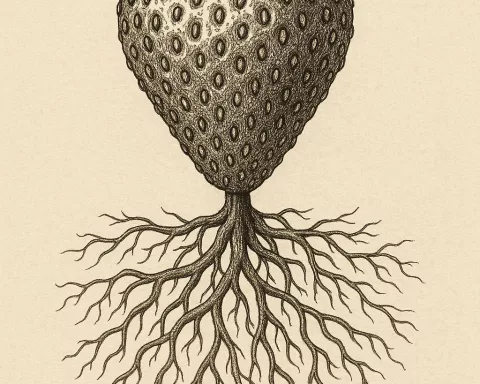The SPCA in Simon’s Town, South Africa heroically rescued animals in distress after a devastating wildfire destroyed 450 hectares of land. The rescue teams braved dangerous conditions to save countless animals, and their efforts continue even after the fire has been extinguished. The SPCA relies on public contributions to sustain their rescue missions, and they have reached out to local residents to be vigilant for animals in need of assistance. Their unyielding commitment exemplifies the human capacity for compassion and resilience, and highlights the importance of protecting our planet’s valuable biodiversity.
Unyielding Effort: The SPCA’s Heroic Rescue Mission in Simon’s Town, South Africa. Recently, an unmerciful wildfire razed through the lush heartland of Simon’s Town, leaving the Cape of Good Hope Society for the Prevention of Cruelty to Animals (SPCA) to undertake a challenging rescue expedition to save the lives of countless animals in distress.
Chapter 1: The Wrath of the Wildfire
Recently, an unmerciful wildfire razed through the lush heartland of Simon’s Town, located in South Africa. This catastrophic event blazed across an estimated 450 hectares of land, leaving remnants of its destructive power in its path. Amidst this calamity, the Cape of Good Hope Society for the Prevention of Cruelty to Animals (SPCA) emerged as a beacon of solace for the region’s beleaguered wildlife, undertaking a challenging rescue expedition.
The flames tore through the historic town, prompting the SPCA to dispatch their search and rescue teams. These courageous individuals embarked on a mission fraught with danger, traversing the perilous landscape to save the lives of countless animals in distress. Belinda Abraham, a spokesperson for the Cape of Good Hope SPCA, recounted the team’s gruelling experiences. They braved the smouldering ashes and sporadic flare-ups, journeying into the epicentre of the devastation, fueled by their tireless dedication to their cause.
Chapter 2: Tales of Courage and Compassion
For Bryan Arendse, a Wildlife Cadet Inspector at the SPCA, certain experiences were incredibly moving. Amid the charred ruins, they stumbled upon the remnants of animals that had tragically succumbed to the merciless power of the fire. Nonetheless, in the face of such hopelessness, the team stood resolute, finding comfort in the survivors they were able to assist.
Even in such dire circumstances, resilience seemed to be the mantra. Among the burnt wreckage, some animals had miraculously managed to evade the raging inferno. These survivors, though dehydrated and traumatised, were quickly given necessary medical care on the spot, including rehydration treatment, and then relocated to safer territories.
Chapter 3: The Struggle Beyond the Fire
However, the battle for the SPCA did not conclude with the extinguishing of the fire. In the aftermath of the blaze, they confronted the monumental task of persisting with their rescue undertakings, while dealing with an influx of animal admissions. Due to a lack of government funding, the SPCA is reliant on the benevolence of the public to sustain their rescue missions. Public contributions help cover necessities such as fuel, overtime, and treatment for animals affected by the fire.
Additionally, the SPCA hasn’t overlooked the displaced wildlife. They have reached out to the residents of Simon’s Town, imploring them to be vigilant for animals in need of assistance on the fringes of the town. The locals are also urged to place shallow bowls filled with water in their gardens to help quench the thirst of dehydrated animals. However, they are cautioned against providing food for baboons, which could introduce unforeseen risk factors.
Chapter 4: Unwavering Commitment to Wildlife Protection
The Cape of Good Hope SPCA, an essential lifeline for innumerable animals, exemplifies human empathy in the face of adversity. Their exceptional efforts serve as a timely reminder of the significant role each one of us plays in preserving our planet’s abundant wildlife.
Though the inferno’s embers may have subsided, the SPCA’s mission perseveres. They stand by, round the clock, poised to answer any emergency that surfaces. As they continue their relentless efforts, they do so with the unwavering backing of the community, their mutual affection for animals strengthening their unity during this crisis.
This account of resilience and hope amidst desolation and devastation serves as a reminder that even in dire situations, humanity’s capacity for compassion and resilience remains steadfast. The SPCA’s honourable mission emphasises the critical requirement of our shared duty to safeguard and defend our planet’s invaluable biodiversity.
1. What is the Cape of Good Hope Society for the Prevention of Cruelty to Animals (SPCA)?
The Cape of Good Hope Society for the Prevention of Cruelty to Animals (SPCA) is an organization in Simon’s Town, South Africa that rescues animals in distress and relies on public contributions to sustain their rescue missions.
2. What happened in Simon’s Town, South Africa?
Recently, a devastating wildfire destroyed 450 hectares of land in Simon’s Town, South Africa.
3. What did the SPCA do during the wildfire?
The SPCA in Simon’s Town dispatched search and rescue teams to save the lives of countless animals in distress during the wildfire. The rescue teams braved dangerous conditions to accomplish their mission.
4. What is the SPCA doing after the wildfire?
After the wildfire, the SPCA in Simon’s Town continues to confront the monumental task of persisting with their rescue undertakings while dealing with an influx of animal admissions. They have reached out to local residents to be vigilant for animals in need of assistance.
5. How is the SPCA sustained financially?
The SPCA in Simon’s Town is reliant on the benevolence of the public to sustain their rescue missions. Public contributions help cover necessities such as fuel, overtime, and treatment for animals affected by the fire.
6. What does the SPCA’s mission emphasize?
The SPCA’s mission emphasizes the critical requirement of our shared duty to safeguard and defend our planet’s invaluable biodiversity.

